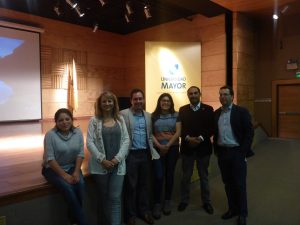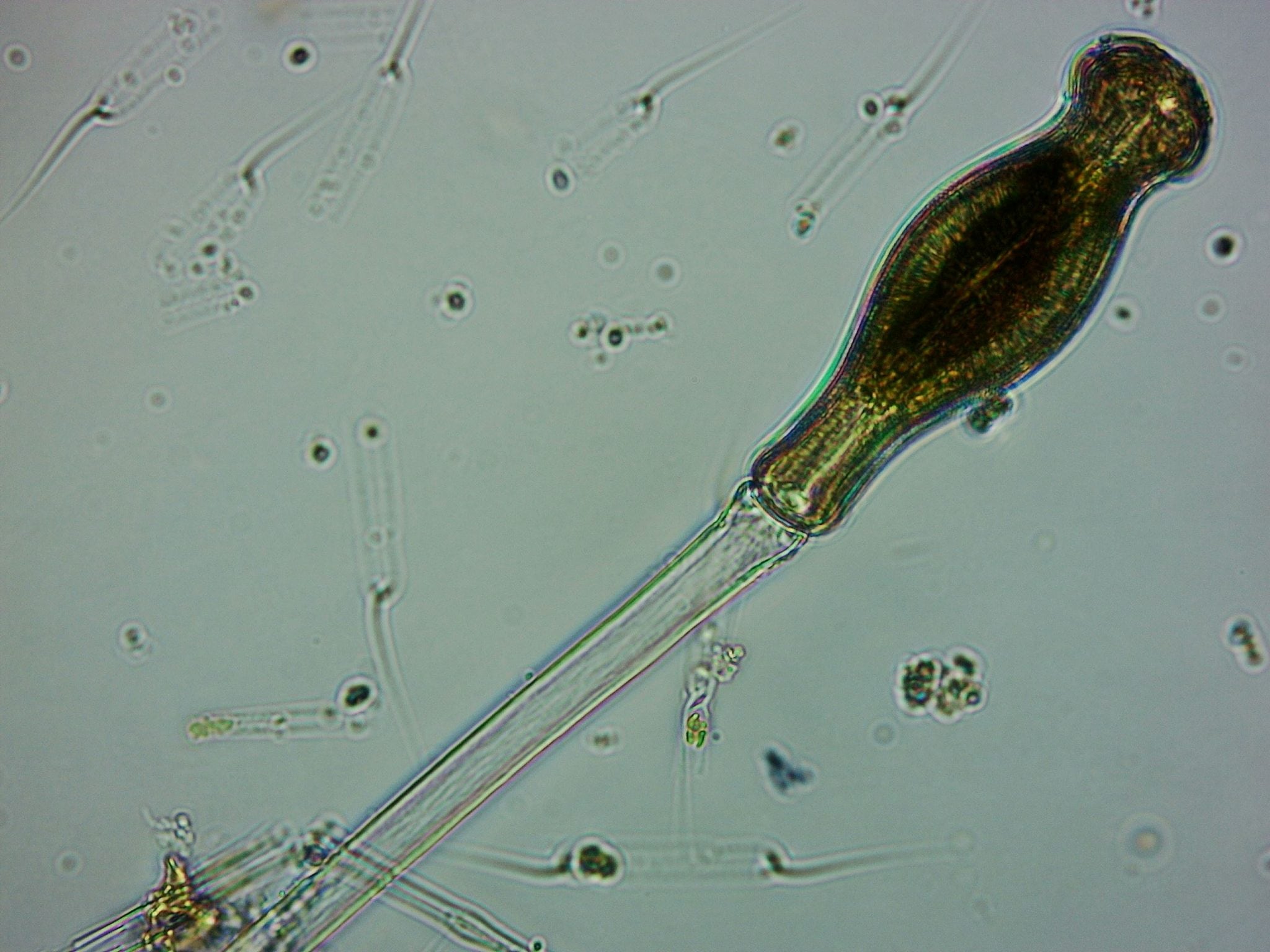IFOP researcher participates as a speaker in the “New views on river infection problem by D. geminata, Didymo in Chile” seminar
March 5th, 2018
Dr. Jacqueline Salvo researcher and project manager of “Monitoring of plague species Didymosphenia geminata in water bodies in south central zone“, she participated as an exhibitor in the seminar “New views on river infection problem by D. geminata, Didymo in Chile” “organized by Universidad Mayor Temuco.
Dr Salvo explained main results obtained during Stage I of “Monitoring of plague species Didymosphenia geminata in south central zone water bodies ” performed between September 2016 and August 2017 in rivers and lakes distributed between Maule region and Magallanes region, including Tierra del Fuego. The main results included identification of effects on the entire benthic microalgae community structure, as well as abundances of certain species of benthic diatoms effects. Related to this issue, the specialist pointed out that, although it is possible to identify effects considering the whole area of study, we must focus on local scales to incorporate fluvial habitat variability between and within the basins affected by this pest, and from this approach to effects on different spatial
Dr. Leyla Cárdenas, professor at Universidad Austral de Chile and FONDECYT project director on the subject of Didymo genetic study, Dr. Matías Peredo, EcoHyd director on the research platform, Dr. Jorge Parodi, project director, participated in this seminar. Universidad Mayor LaBCeMa and Dr. Bernardo Pardo, SERNAPESCA Araucanía Region Director. In this meeting main genetic, functional and ecological aspects of this species were exposed, with aim of opening debate regarding Chilean rivers and lakes invaded by didymo management. Didymosphenia geminata is a freshwater benthic microalgae native to northern hemisphere, which since 2010 has affected different fluvial and lacustrine bodies distributed between Biobío region and Magallanes region. This species is capable of generating massive mucilaginous proliferations that cover the bottom of oligotrophic rivers and lakes, generating changes in habitat structure that affect benthic communities that develop in them, and that therefore threaten continental aquatic systems functioning.
